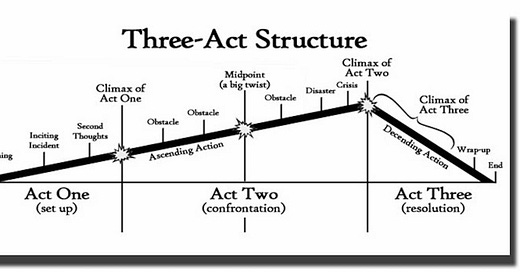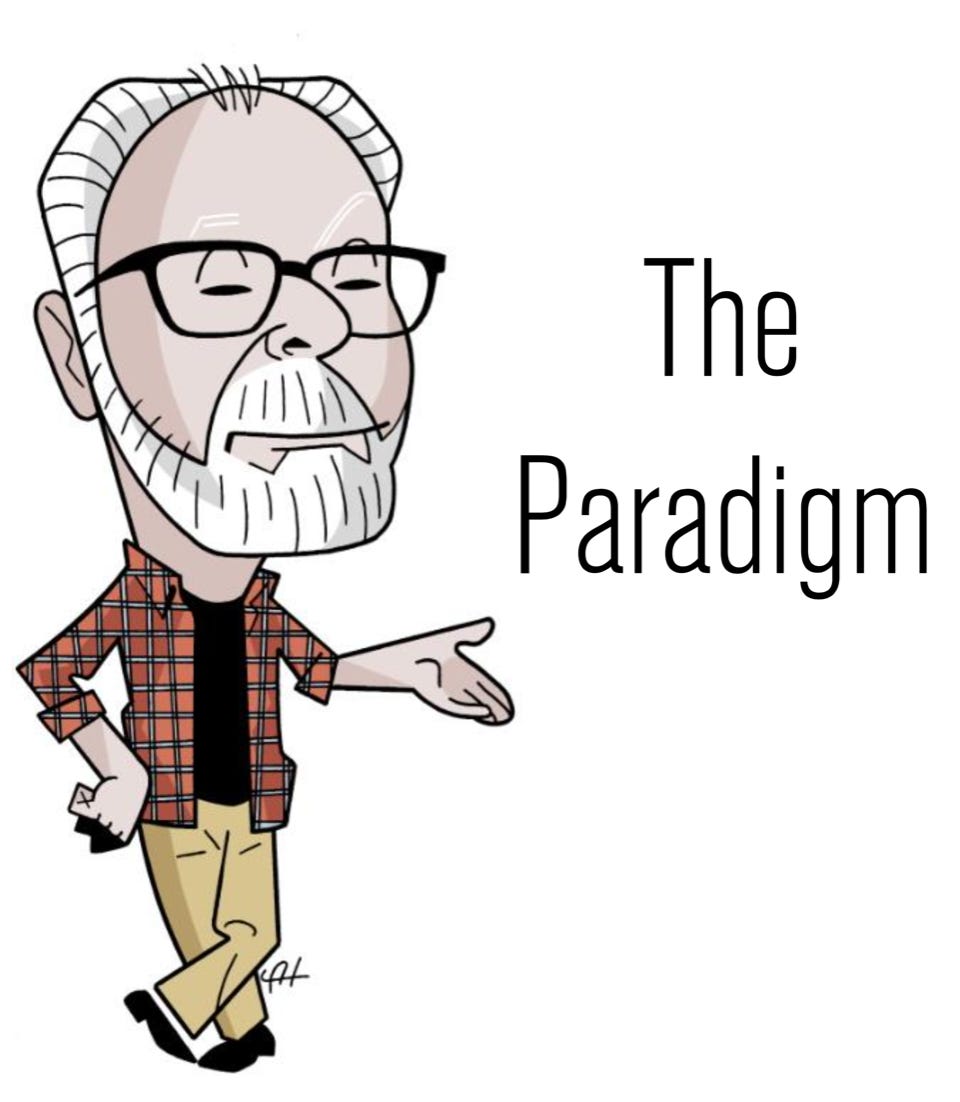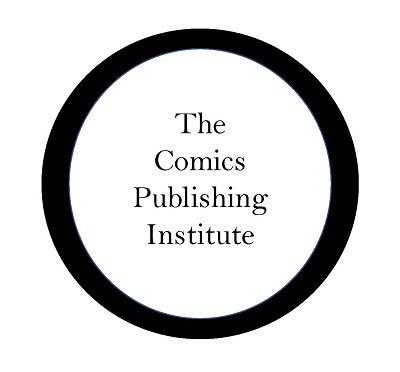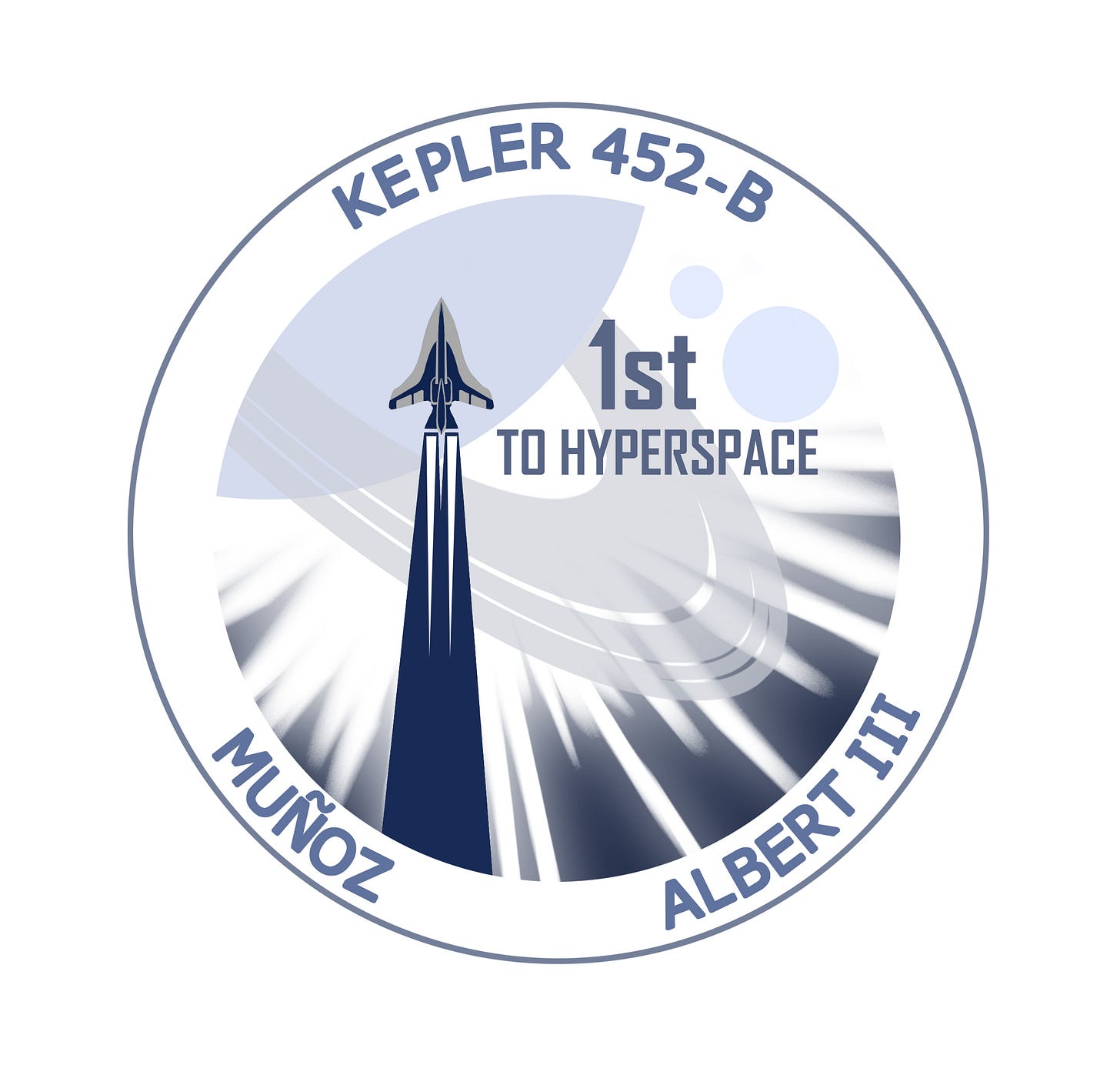Lessons I've learned directly from renowned comic book pros
I’ve been fortunate enough to have access to the likes of Waid, Snyder, DeConnick, Chaykin, Illidge, and more -- here are some insights from my experiences
I’ve often reflected on one of the unexpected upsides of the COVID19 pandemic and related shutdowns: time. Time to balance family, a day job and my creative passions. Time to write, re-write, and refine my comic book projects. Time to connect with comic book legends via interactive video conferences — luminaries like Mark Waid, Scott Snyder, Howard Chaykin, Kelly Sue DeConnick and her husband Matt Fraction. Time to do a series of 1:1 consultations with legendary editor and creator, Joe Illidge.
During the shelter-in-place lockdown here in Northern California, I buckled down and wrote the passion project project of my life, an original graphic novel titled Major Thomás. On weeknights, I would noodle with my outline and on weekends, I’d bang out 12-15 pages. Before long, I had a working draft that I could start shaping and re-arranging to bring the best out of my characters and story.
Along the way, a funny thing happened. With no in-person conventions and limited opportunities for convention panels, pros started making themselves available for paid lessons and consultations — some in the name of personal profit, some in the name of charitable causes. Either way, I found these pros to be incredibly genuine and generous with their time.
Here is what I learned. If you read to the bottom of this post, I’ll show you how I applied my learnings to page one of Major Thomás, featuring art by the incredible Serg Acuña and colors by the amazing Raúl Angulo.
From Mark Waid, I learned that a story is a character desiring something and facing an obstacle that blocks said desire. How the character deals with the obstacle in pursuit of the goal, and ultimately succeeds or fails, is where the story starts to tell itself.
From Scott Snyder, I learned that voice is expression and how it is being expressed. As a writer, what you write about is different from the choices you make in how you engage the reader with the various tools available to you. Snyder also does a great job breaking down the classic three-act structure for any medium: prose, comics, TV, and movies. He encourages his students to learn the rules, so that they can be bent and sometimes broken when necessary. He does not subscribe to a cookie cutter approach.
From Howard Chaykin and his Paradigm, I learned that each panel is a proscenium arch - a window into your story that invites the reader to be an active participant. Chaykin is also a proponent of the theory that a panel’s size equals time. A tiny inset panel is a quick moment in time, while a double-page spread is a much longer moment the reader is invited to linger on and absorb more slowly. He also emphasized that each panel should have enough space and room to breath; things like foreground and background elements, and lettering that floats, should create layers and dimension.
From Kelly Sue DeConnick, I learned that before you begin a story, you should have an open dialogue with the artist about what they would like to draw. The writer should tailor the story and script to artist’s tastes and talents. This seems kind of obvious, but she told great anecdotes about some of her interactions with artists that were new working relationships for her. She noted that the initial intake creates harmony that manifests itself when the pages start coming to life.
From Joe Illidge, I learned a lot about the art of the pitch. He taught me various approaches to selling a project, both inside the world of direct-market comics publishing and distribution, and outside, in the broader literary world. Illidge taught me that the central theme, the so what, needs to permeate throughout the entire story. The theme should continue to build and be reinforced so it shines through like a beacon from a lighthouse.
I’d be remiss if I did not shout out Gamal Hennessy’s Comics Publishing Institute. It is a framework for learning the business of comic books from ideas, to copyrights and trademarks, to licensing, to contracts and beyond. The CPI is an on-going series of video meetings with guest speakers that include publishers, crowd-funding experts, and creators that paid their dues and broke into comics. The CPI is a community of all types of creators, from beginners to people that already have credits to their name.
If you’re wondering where I was able to learn from all of these pros, in other words, who or what facilitated the online lessons, here are the links:
The Comics Publishing Institute
Scott Snyder’s Best Jackett Press
OK, as promised, here is the first page of Major Thomás, and how I applied some of the lessons learned, explained in detail below this page one splash.
You’ll notice that the titular character is alone — that is by design, and will be reinforced by the lettering that I drop in. There are choices I’ll make about captions, balloons, and inner dialogue. Snyder teaches that sometimes page one, line one, can encapsulate the entire story. While I don’t think the first line will achieve that for me, the cumulative result of page one will tell the whole story in both symbols and words…picture and text. The reader will be able to look back on page one with new eyes by the time they finish the story.
Something else I incorporated and learned from Chaykin: the left side of a panel represents home, and safety. The right side of the page represents the unknown: risk and adventure, and in this execution, it is embodied by the NASA space shuttle.
From Mark Waid: obstacle. It is there. While it isn’t obvious at this early stage of the story, both the desire and the hurdle and heart-breakingly intertwined.
DeConnick’s guidance on working with the artist and giving them room to operate and delight in interpreting the story is here too. I had a two-hour call with Serg before he started drawing; we reviewed the central theme, the character motivations, and many reference photos and videos. The energy of that conversation shows up here in this epic page that kickstarts the story of Major Thomás. If I may plug George Lucas, there is a clockwork here - a rhyming and a symmetry from the first page to the last page.
A lot of the sweetening and reinforcing of the central theme came out of my sessions with Illidge. He helped me see things in new ways and challenged me to keep working on the script, which I continue to do to this very day. I just tweaked a line in my page one script yesterday…17 months after I started putting pen to paper.
In 2022, I will also be privileged enough to workshop this story with the great Shelly Bond. I can’t wait to take her input and put a cherry on top of the cake!
With every comics lesson I learn, I go back and apply it, if and where it makes sense. Sometimes it’s just a tweak of a phrase, or the addition (or deletion) of a short, surgically placed line of dialogue. It has been rewarding and fun to take lessons from incredible professionals that I respect and admire, and injecting the DNA of those learnings into the veins of my passion project.
Major Thomás is currently in production, with lettering from the incomparable Taylor Esposito and his Ghost Glyph Studios. You can look for news on the publication and availability of the graphic novel in 2022 by following along on my website, Twitter, and Instagram, all listed below:
Thanks for taking the time to read through this post, I’m grateful to you!









Thanks for sharing all this excellent advice. I’m excited to read Major Thomás!